Recent Articles
Popular Makes
Body Types
How Does A Hybrid Car Work?
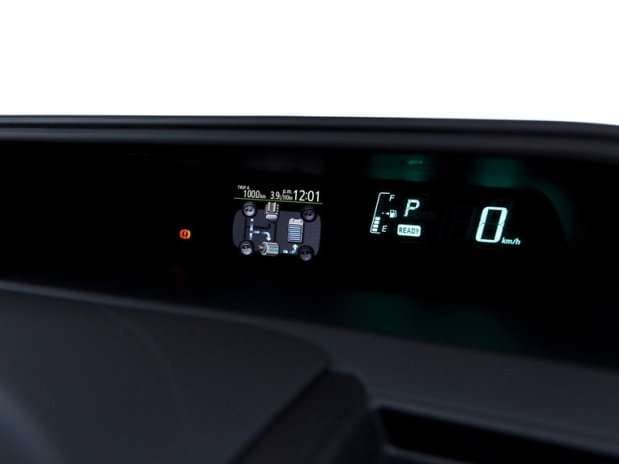
Hybrid cars might be more complicated than gas-only models, but they don't operate based on some magical principle: there's a definite science behind how a hybrid car works. 'Asking how does a hybrid car work' can provide you with a number of different answers, given that there exists more than a single hybrid car design. Each battery-assisted model, however, makes use of the same general concepts in order to head on down the highway using as little fuel as possible.
Let's take a quick look at how a hybrid car works.
How Does A Hybrid Car Work? - 01 - Batteries
At the core of any hybrid car is its battery, or batteries, depending on how the vehicle has been designed. When they first hit the scene, lead-acid batteries ruled the day, but their toxicity and weight saw them quickly give way to nickel-metal hydride units, which are now the most common form of hybrid car battery and are found in popular models like the Toyota Prius.
Sneaking up on nickel-metal batteries are lithium-ion energy storage units (found in the Toyota Prius Plug-In Hybrid), which are essentially identical to those used in laptop and cell phone batteries and which are prized for their energy density. Energy density is key to storing as much electricity in as small of a battery as possible. Batteries are often cooled - either by air, or liquid - because energy storage typically generates heat. A hybrid car's battery is the centerpiece of its propulsion system, and it's the electricity stored inside of it that is used to help propel the car forward instead of relying solely on the vehicle's gasoline or diesel engine.
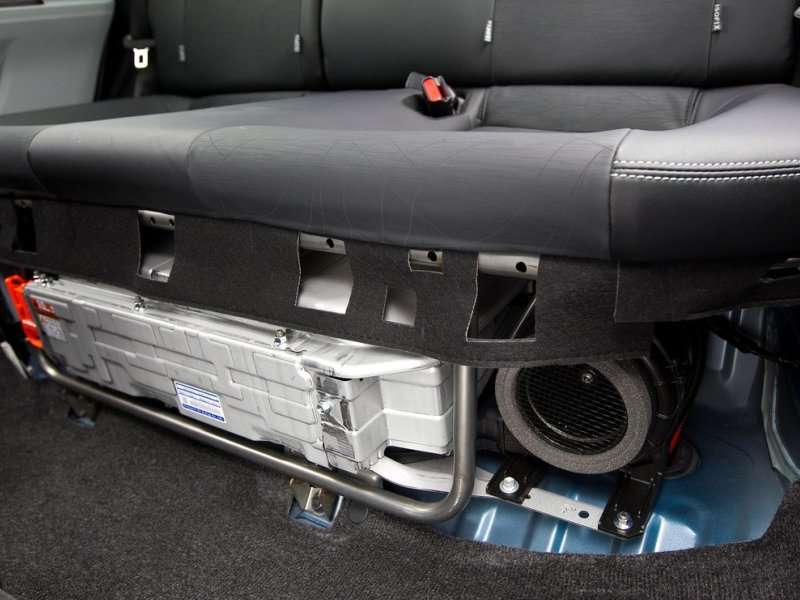
How Does A Hybrid Car Work? - 02 - Brakes
There are a number of ways to get electricity into a battery in a hybrid car, and one of the most popular is to use a vehicle's braking system - specifically, a type of braking system known as 'regenerative.' The law of physics dictates that energy is never destroyed, only transformed, which means that the kinetic energy that is harnessed when stopping a car can be redirected into the car's battery. Instead of exclusively relying on brake pads to halt a car's forward motion, vehicles like the Ford Fusion Hybrid rely on a brake controller that actually runs its electric motor in reverse in order to provide the resistance required to slow down the car. Running an electric motor in reverse causes it to act like a generator, sending electricity to the car's battery instead of drawing it away.
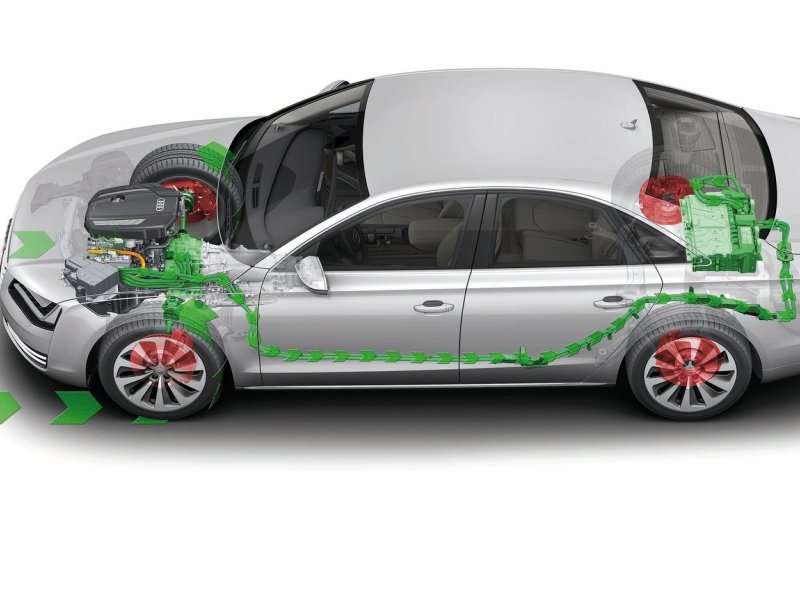
How Does A Hybrid Car Work? - 03 - Plug-In Charging
Of course, the most direct route to get electricity into a battery is right from a wall socket - and increasingly, vehicles like the Chevrolet Volt are making plug-in hybrid technology more accessible to new car buyers. Although most plug-in hybrid car designs allow for the use of a standard 110-volt household outlet, in order to fill up a battery as quickly as possible fast charging stations that make use of 220-volts, or in some cases even more, can link up with hybrid cars to cut down charging time from eight hours to as little as 30 minutes. The more volts a hybrid vehicle has access to, the faster it can fill its battery. Plug-in hybrid designs also typically have larger batteries than their standard hybrid counterparts, since it's easier to keep them topped up by plugging them in when parked, allowing them to take advantage of the extra range that their extra storage capacity affords them.
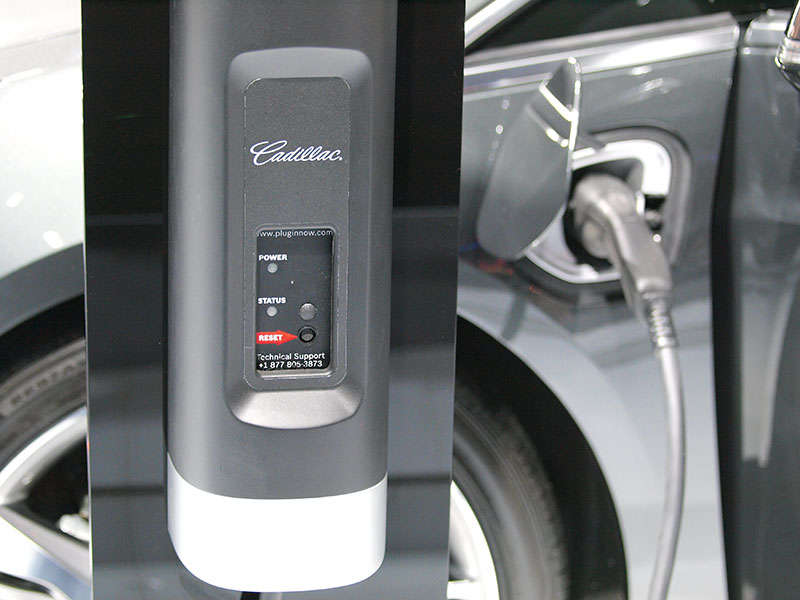
How Does A Hybrid Car Work? - 04 - Generators
We've already talked about how regenerative braking makes use of a hybrid's electric motor working in reverse to serve as a generator. It's also possible to use a gasoline or diesel-powered engine to serve as a generator as well in a hybrid car. The Chevrolet Volt is a perfect example of this type of hybrid vehicle design, as it possesses a very small gas engine that typically only kicks on if the vehicle's battery has been drained - and even then, it's almost always used to generate more electricity to send to the battery, not to drive the car's wheels. Other hybrid designs can also use their gas engines to generate battery charge, although this isn't the most efficient way to keep a battery topped up.
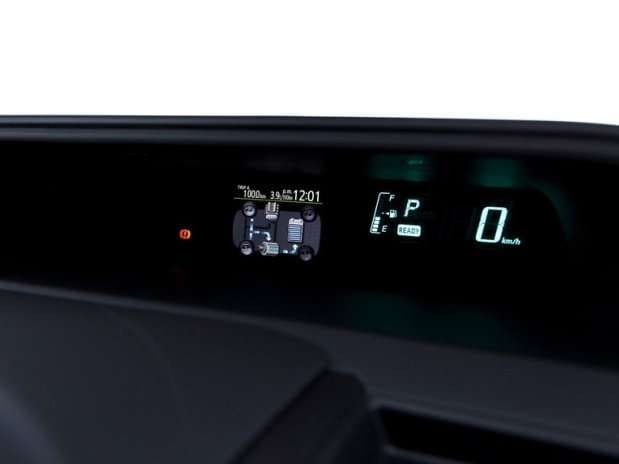
How Does A Hybrid Car Work? - 05 - Transmission
For the most part, hybrid car transmissions are described as 'continuously-variable' units that don't have individual gears per se but rather perform a complex ballet of power management, switching back and forth between electric and gasoline engine output and deciding exactly how much juice reaches the drive wheels - and from what source. There are some hybrid designs, however, such as that used in the Cadillac Escalade Hybrid, that use a traditional automatic transmission that has been modified to contain an electric motor within its casing that is activated in order to add extra thrust when accelerating. Vehicles like the Hyundai Sonata Hybrid also maintain an automatic, rather than CVT transmission design.
Not all hybrid transmission designs are capable of offering an 'EV' or electric-only mode. Some hybrid power management systems must make use of both the electric motor and the gas motor at the same time. These are known as 'mild' hybrids, such as the General Motors eAssist system found in automobiles like the Buick LaCrosse.
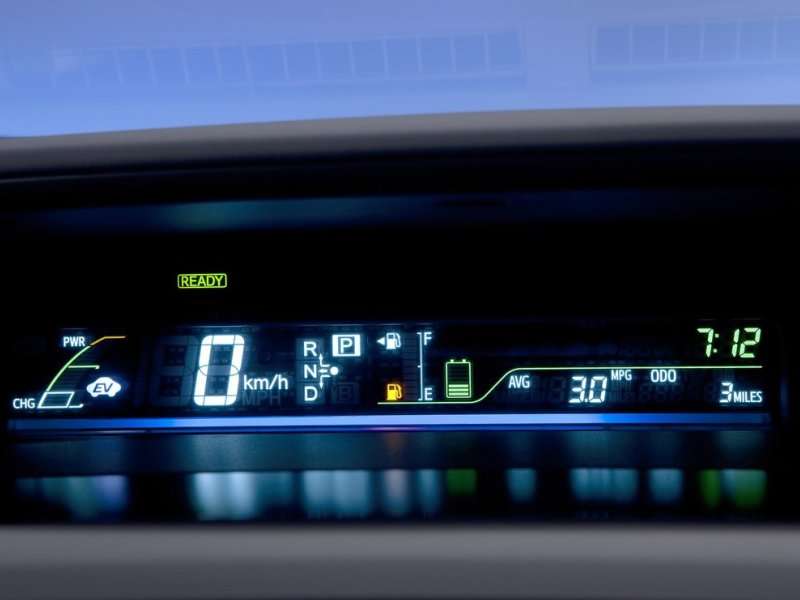
How Does A Hybrid Car Work? - 06 - Electric Motors
Electric motors are as vital to a hybrid car's design as the batteries that provide them with the juice they need to run. Electric motors are unique in that unlike a gas engine, they provide instant torque - an electric design is always operating at peak power output, which gives it a performance advantage that can be felt when a hybrid like the BMW ActiveHybrid 3 is tweaked for speed rather than all-out efficiency. Electric motors can be designed to work inline with a vehicle's gas motor, in parallel so that they operate alongside, or even built into the wheels of a car to provide individual locomotion. Some hybrids - such as the previous-generation Ford Escape Hybrid - offered an additional set of electric motors on top of their standard hybrid setup in order to motivate a second axle and make all-wheel drive available.
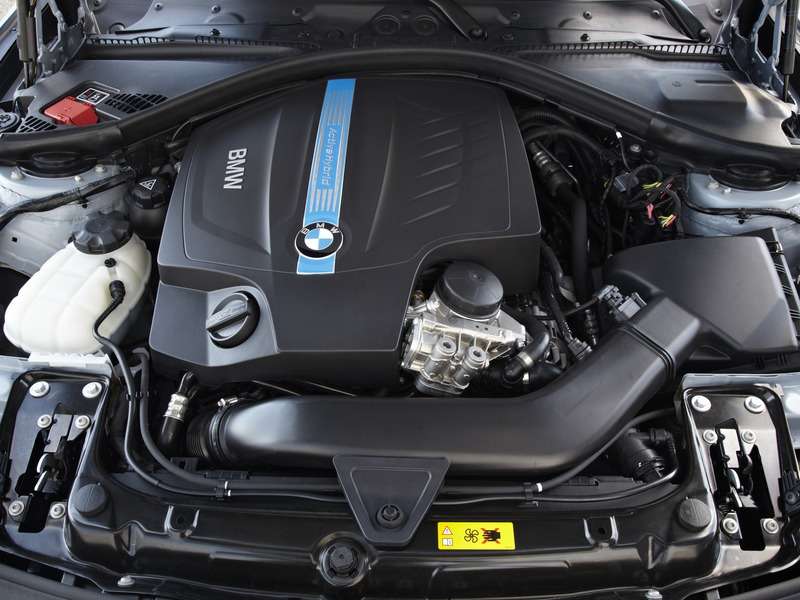
How Does A Hybrid Car Work? - 07 - Tires
Tires are designed to grip the road as tightly as possible, but at the same time balance out the level of inertia that a vehicle must overcome in order to start moving forward. For a powerful automobile this really isn't an issue, but for an efficiency-focused hybrid car, tuning the tire compound for every possible advantage becomes paramount in the quest for additional miles per gallon. For this reason, most hybrid cars come with low-rolling resistance tires that don't offer the same level of friction as a standard tire. The trade-off for this kind of tire design is less grip at the limit, which means that eco-oriented hybrids typically don't offer pulse-raising handling.
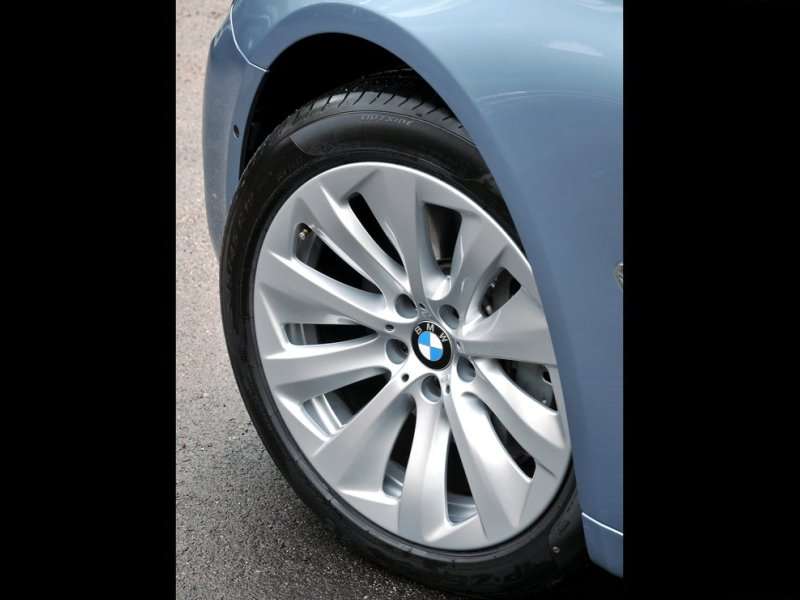
How Does A Hybrid Car Work? - 08 - Aerodynamics
The final piece of the hybrid car puzzle is aerodynamics. The more slippery the shape of a hybrid car can be, the more efficiently it can pass through the air, reducing the amount of energy required for acceleration or cruising. In the early days of hybrids some, like the Honda Insight, even went to the extreme length of installing fender skirts to smooth out airflow. Nowadays, models like the Honda Civic Hybrid and the Ford Fusion Hybrid offer special wheel covers or slats in the grille that open and close in order to improve the vehicle's aerodynamic profile.
